22 Southeast Asian Vegetarian Dishes That Wow Every Palate
Southeast Asian vegetarian cuisine bursts with vibrant flavors that dance across your palate like culinary fireworks.
Vegetarian dishes from this region showcase an incredible array of ingredients that transform simple components into extraordinary meals.
Regional cooking traditions blend colorful vegetables, aromatic herbs, and complex spice profiles into remarkable plant-based creations.
Centuries of cultural influences have shaped these remarkable recipes, reflecting deep agricultural roots and spiritual connections to food.
Monks, farmers, and home cooks have perfected techniques that elevate vegetables into spectacular culinary experiences.
Intricate cooking methods and unique ingredient combinations distinguish these dishes from typical vegetarian fare around the world.
Global food enthusiasts increasingly recognize the remarkable depth and sophistication of Southeast Asian vegetarian cooking.
Here are 22 great Southeast Asian vegetarian dishes that will tantalize your taste buds:
Great Southeast Asian Vegetarian Dishes for All Palates
Southeast Asia’s vegetarian dishes are as bold and varied as the region itself. Fresh herbs, tangy dressings, and inventive cooking techniques turn veggies into star players.
Tempeh Mendoan
Tempeh mendoan represents a crispy Indonesian street food featuring thinly sliced tempeh coated in a fragrant spice-infused batter and quickly deep-fried to achieve a light, golden exterior.
Originating in Purwokerto's Banyumasan region, this snack gets its name from the local term "mendo" meaning half-cooked, which perfectly describes its unique texture.
Ground coriander, sliced scallions, and garlic provide the batter's distinctive flavor profile, creating a savory coating that complements the fermented soybean's natural taste.
Indonesians typically enjoy mendoan with sambal or kecap manis, adding an extra layer of spicy or sweet complexity to the dish.
Regional variations exist, but the core preparation remains consistent: quick frying ensures the tempeh stays moist while developing a crisp shell.
Tempe Goreng
Tempe goreng are crispy, golden-brown Indonesian tempeh fritters that showcase the country's rich soy-based culinary traditions.
Indonesians transform blocks of fermented soybeans into thin, marinated slices before deep-frying them to achieve a crunchy exterior and tender inside.
Spices and liquids infuse the tempeh with complex flavor profiles that make each bite interesting.
Salt, garlic, and chili often enhance the marinade's depth and complexity.
Street vendors and home cooks frequently prepare these snacks as quick, protein-rich accompaniments to main meals.
Sambal, a spicy chili sauce, typically provides a complementary heat and tang alongside the fritters.
Tempeh's nutritional value and affordable price contribute to its widespread popularity across Indonesian regions.
Regional variations add unique twists to this simple yet satisfying street food staple.
Ketoprak
Ketoprak represents Jakarta's beloved street food featuring a harmonious blend of textures and flavors from Indonesian cuisine.
Crispy fried tofu combines with soft rice cakes, thin rice vermicelli, and fresh vegetables creating a satisfying meal.
Generous peanut sauce coats the ingredients, providing rich, nutty depth to every bite.
Sweet soy sauce (kecap manis) adds a caramelized sweetness that balances the savory components.
Bean sprouts and cucumbers contribute refreshing crunch to the dish.
Fried shallots and krupuk (crispy crackers) provide additional texture and aromatic garnish.
Street vendors across Jakarta prepare this popular dish, though its exact origins remain contested.
Cirebon, a city with many street food vendors, claims to be ketoprak's birthplace.
Vegan Pho (Pho Chay)
Pho chay represents a flavorful Vietnamese vegetarian noodle soup crafted with aromatic mushroom-based broth infused with warm spices like cinnamon, cloves, and cardamom.
Vietnamese cooks blend ginger, soy sauce, and onions to create a rich base that highlights complex flavor profiles.
Tofu and large mushrooms provide substantial protein and texture to the dish.
Bean sprouts and sliced chili peppers add fresh crunch and heat to each serving.
Leeks, carrots, and pak choi contribute additional nutritional layers and color variations.
Seasonal vegetables and occasional fruit elements enhance the soup's depth and complexity.
Restaurants and home kitchens across Vietnam prepare this comforting plant-based version of traditional pho.
Multiple regional interpretations ensure versatile and personalized dining experiences.
Tempe Orek
Tempe orek represents Indonesia's ingenious street food transformation of tempeh, a high-protein soybean cake native to the region.
Indonesian cooks slice tempeh into thin strips and stir-fry it with sweet kecap manis, creating a deeply caramelized and savory dish.
Fragrant spices like chili peppers, garlic, and kefir lime leaves infuse complex layers of flavor into the crispy tempeh.
Palm sugar adds gentle sweetness while tamarind juice provides subtle tangy undertones.
Galangal contributes an earthy, slightly peppery dimension to the sauce.
Traditional preparation involves quickly frying tempeh until edges turn golden brown and crisp.
Indonesians typically serve tempe orek alongside steamed white rice as a satisfying vegetarian protein option.
Restaurant and home cooks consider this simple yet flavorful dish a staple of Indonesian street food cuisine.
Telur Balado
Telur balado is a fiery Indonesian egg specialty featuring hard-boiled eggs deep-fried to crispy perfection and smothered in a bold, spicy chili sauce.
Red chilies, shallots, garlic, and tomatoes create the sauce's intense flavor profile, complemented by tamarind's tangy notes and a hint of sweetness.
Indonesian home cooks carefully fry eggs until golden brown, enhancing their texture and visual appeal.
Lime leaves or lemongrass add aromatic complexity to the vibrant sauce.
Salt and sugar balance the sauce's heat and depth.
Traditionally served with steamed rice, telur balado offers a satisfying mix of crisp eggs and spicy sauce.
Small side dishes often accompany this popular protein-rich meal.
Diners enjoy this dish as both a main course and a flavorful side.
Vegetarian Bee Hoon
Vegetarian bee hoon represents a vibrant Singaporean street food combining rice vermicelli with a colorful medley of stir-fried vegetables.
Rice noodles form the base of this popular breakfast dish, absorbing rich vegetable stock and seasonings like soy sauce, sugar, and pepper.
Shiitake mushrooms, cabbage, carrots, french beans, baby bok choy, and bean sprouts create a nutritious vegetable mixture.
Crispy mock meat like fried goose or chicken adds protein and texture to the dish.
Garnishes such as fried shallots, spring onions, and pickled green chilis enhance the overall flavor profile.
Sweet hot chili sauce provides a tangy counterpoint to the savory noodles.
Cooks prepare the dish by simmering ingredients until they soak up the flavorful stock.
Multiple preparation styles exist, with some versions offering a soupy consistency served alongside or over the noodles.
Tempe Kering
Tempe kering is an Indonesian savory-sweet tempeh delicacy featuring crispy deep-fried fermented soybeans coated in caramelized spices.
Indonesian kitchens transform simple tempeh into a crunchy, flavorful snack by carefully frying it until golden brown.
Shallots, garlic, and galangal infuse the dish with complex aromatics and depth of flavor.
Palm sugar creates a distinctive sweet-salty glaze that transforms the tempeh's texture and taste.
Fried peanuts add extra crunch and nutty undertones to the preparation.
Vegan-friendly ingredients make this dish accessible to many dietary preferences.
Kecap manis can accompany the tempe kering as an optional complementary sauce.
Regional variations across Indonesia showcase slight differences in spice combinations and preparation techniques.
Sayur Asem
Sayur asem is a tangy Indonesian vegetable soup bursting with complex flavors from tamarind's signature sour punch.
West Java's Sundanese people originally crafted this signature dish featuring a vibrant mix of vegetables like jackfruit, melinjo, long beans, and chayote.
Tamarind, a Southeast Asian plant, forms the soup's fundamental flavor profile with its distinctive acidic notes.
Traditional preparation involves boiling multiple vegetables together in a light broth that balances sweet and sour elements.
Indonesian families across different regions have adapted the original recipe to suit local tastes and ingredient availability.
Regional variations might include slight changes in vegetable selection or seasoning intensity.
Fresh ingredients and balanced spices remain key to creating an authentic and satisfying sayur asem experience.
Kue Nagasari
Kue nagasari embodies Indonesian street food culture through its ingenious banana-wrapped steamed cake crafted from rice flour, ripe bananas, and coconut milk.
Rice flour creates a smooth base for this beloved Indonesian snack, while ripe bananas provide natural sweetness and texture.
Tapioca flour helps bind the ingredients into a thick, spreadable batter that transforms during steaming.
Coconut milk adds richness and depth to the mixture, enhancing its creamy consistency.
Vanilla extract introduces a subtle aromatic note that complements the banana's flavor.
Banana leaves serve as a traditional wrapping that infuses subtle earthy undertones into the cake during steaming.
Sugar balances the overall taste, creating a harmonious blend of ingredients.
Street vendors and home cooks across Indonesia cherish this simple yet satisfying treat that can be enjoyed warm or at room temperature.
Singkong Goreng
Singkong goreng transforms humble cassava into a crispy, golden Indonesian street food marvel.
Indonesian kitchens celebrate this snack as a savory deep-fried delicacy made from sliced cassava strips.
Cooks season the cassava with salt, garlic, and ground coriander before frying to achieve a crunchy exterior.
Salt enhances the natural starchy flavor of the cassava root.
Hot oil creates a crisp golden-brown coating during the frying process.
Garlic adds a subtle aromatic layer to the simple yet irresistible snack.
Regional variations might include additional spices or dipping sauces for extra flavor complexity.
Tempe Bacem
Tempe bacem embodies Indonesian culinary mastery through its deeply flavored fermented soybean cake marinated in a complex blend of coconut milk, galangal, bay leaves, garlic, onions, coriander, palm sugar, and tamarind.
Central Javanese kitchens traditionally boil the tempeh in this aromatic spice mixture until it absorbs the rich, sweet-tangy seasonings.
Indonesian families often serve this protein-packed dish as a side or main course with steamed rice.
Slow cooking allows the tempeh to develop an intense, caramelized exterior while maintaining a tender interior.
Vegetarian diners particularly enjoy tempe bacem for its robust flavor profile and nutritional value.
Street vendors and home cooks across Java prepare this dish using time-honored techniques passed through generations.
Restaurants throughout Indonesia feature tempe bacem as a classic example of traditional Indonesian cuisine.
Fermentation and careful spice selection transform simple soybeans into a deeply satisfying meal.
Terong Balado
Terong balado bursts with Indonesian culinary passion, combining roasted eggplants with fiery red chili sauce that defines its bold flavor profile.
Indonesian kitchens traditionally prepare this vegetarian dish using slender Chinese eggplants for their tender texture and superior absorption of spicy seasonings.
Red chilies, shallots, garlic, and sometimes tomatoes form the base of this vibrant sauce, which coats each eggplant slice with rich, spicy complexity.
Originating from Sumatra, this simple yet powerful side dish showcases Indonesia's love for bold, hot flavors that awaken the palate.
Street vendors and home kitchens across Indonesia serve terong balado as a popular accompaniment to rice and grilled proteins.
Regional variations exist, with some cooks adding small variations to the classic chili sauce recipe.
Pepes Tahu
Pepes tahu exemplifies West Java's ingenious street food technique of steaming tofu in fragrant banana leaves, creating an intensely spiced and aromatic Indonesian delicacy.
Indonesians craft this simple yet complex dish by blending soft tofu with a bold spice mixture of shallots, garlic, chili peppers, and seasonings.
Green onions and bell peppers add layers of crispness and color to the protein-rich base.
Banana leaves wrap the seasoned tofu, imparting subtle earthy notes while protecting the ingredients during steaming.
Each packet seals in maximum flavor through traditional cooking methods passed down through generations.
West Javanese street vendors and home cooks consider this dish a staple of regional cuisine.
Careful preparation ensures the tofu remains tender and fully infused with spicy, layered seasonings.
Serving pepes tahu alongside warm rice completes this authentic Indonesian experience.
Tinutuan
Tinutuan is a hearty Indonesian rice porridge packed with mixed vegetables from North Sulawesi, blending traditional Minahasa culinary traditions with nutritious local ingredients.
Manado residents crafted this simple yet flavorful dish using readily available produce like spinach, pumpkin, cassava, and corn.
Rice serves as the porridge's foundational component, creating a smooth and comforting base for the vegetable medley.
Local families prepare tinutuan as an affordable and filling breakfast or main meal option.
Vegetables are chopped and simmered directly into the rice, infusing the porridge with rich, natural flavors.
Indonesians often enjoy tinutuan as a warming meal during cooler mornings or as a satisfying lunch.
Regional variations might include additional vegetables depending on seasonal availability.
Tofu In Tomato-Pepper Sauce (Au Hu Sot Ca)
Au hu sot ca delivers a bold Vietnamese mountain cuisine experience from Sapa with crispy tofu swimming in a spicy tomato-pepper sauce.
Northern Vietnamese mountain regions first developed this simple yet flavorful protein dish featuring golden-fried tofu cubes.
Garlic, shallots, and chili peppers create an intense flavor profile that complements the tofu's delicate texture.
Fish sauce and black pepper add depth to the vibrant sauce, while fresh scallions provide a sharp, green contrast.
Cooks carefully fry tofu until perfectly crisp before coating it with the aromatic sauce.
Tomatoes provide a tangy base that highlights the dish's rustic origins.
Sate Tempe
Sate tempe represents Indonesian street food innovation by transforming traditional meat skewers into a vegetarian protein masterpiece.
Indonesian cuisine crafted this grilled delicacy using fermented soybeans pressed into compact cakes with a distinctive nutty flavor.
Chefs slice tempe into cubes and marinate them in a complex spice blend featuring garlic, coriander, turmeric, and sweet soy sauce.
Bamboo skewers hold the marinated tempe cubes during grilling, creating a smoky exterior with tender interior.
Tamarind paste or lime juice often enhances the marinade's depth and complexity.
Grilling caramelizes the tempe's surface, developing rich umami notes and attractive char marks.
Sate tempe typically arrives with a complementary dipping sauce that balances its savory profile.
Vegetarians and meat-eaters alike enjoy this flavorful Indonesian street food staple.
Adobong Talong
Adobong talong is a beloved Filipino vegetable stew showcasing eggplant's rich, tangy flavor through a classic adobo preparation method.
Philippine kitchens transform fresh eggplants by browning them in hot oil until golden and slightly crisp.
Garlic and hot peppers add sharp, spicy undertones to the dish's complex profile.
Vinegar, soy sauce, and water create a savory braising liquid that softens and seasons the vegetables.
Salt and pepper enhance the natural earthy notes of the eggplant.
Traditional preparation involves carefully frying eggplant slices before simmering them in the aromatic sauce.
Regional variations might include additional spices or different cooking techniques.
Samusa
Samusa, a hearty Burmese soup, combines crispy samosa pastry with spicy lentil broth to create a bold street food experience from Myanmar.
Generous portions of black chickpeas and red chili peppers infuse deep flavors into the warming dish.
Tamarind pulp adds tangy complexity to the rich vegetable stock.
Garam masala spices provide warm, aromatic undertones that elevate the soup's profile.
Shredded cabbage offers fresh crunch and textural contrast to the soft pastry.
Onions and coriander contribute additional layers of taste and fragrance.
Oil helps blend ingredients and create a smooth, satisfying consistency.
Each spoonful delivers a complex medley of traditional Burmese culinary techniques and ingredients.
Batar Daan
Tihira is a nourishing vegetarian staple from East Timor featuring diced squash, mung beans, and corn sauteed with aromatic onions and garlic.
Mountain farmers traditionally prepare this hearty one-pot meal using fresh seasonal vegetables harvested from their gardens.
Salt and pepper provide minimal seasoning, allowing natural vegetable flavors to shine through.
East Timorese families often serve tihira as a main course alongside steamed rice.
Rural communities consider this dish a protein-rich meal reflecting their agricultural lifestyle.
Simple ingredients and quick cooking method make tihira accessible to home cooks across different regions.
Mung beans contribute essential nutrients and protein to this vegetable-based recipe.
Regional variations might include minor adjustments in vegetable selection based on local crop availability.
Jackfruit Rendang (Rendang Nangka)
Jackfruit rendang is a vegetarian Indonesian stew bursting with complex spices and tender plant-based protein.
Originating from traditional meat-based recipes, this dish transforms unripe jackfruit into a savory meat alternative through slow cooking.
Young jackfruit absorbs rich flavors of lemongrass, galangal, turmeric, and chilies while developing a flaky, meat-like texture.
Indonesian cuisine celebrates this method of long, slow cooking that concentrates flavors and creates deeply seasoned meals.
Coconut milk provides creamy depth while tamarind and kaffir lime leaves add tangy brightness.
Vegetarians and meat-eaters alike enjoy this spicy, satisfying one-pot meal.
Families often serve jackfruit rendang with steamed rice, creating a complete and flavorful dining experience.
Kelupis
Kelupis are sticky rice parcels steamed in pandan-scented coconut milk and carefully wrapped in banana leaves, originating from Brunei and East Malaysian regions like Sabah and Sarawak.
Indigenous Bisaya and Bruneian Malay communities traditionally prepare these compact rice packages as a beloved snack with deep cultural roots.
Glutinous rice forms the core ingredient, lending a soft and slightly chewy texture to each bundle.
Coconut milk infused with fragrant pandan leaves provides a rich, aromatic flavor profile that distinguishes kelupis from other rice-based treats.
Banana leaves serve as natural wrappers, imparting subtle earthy undertones while protecting the rice during steaming.
Skilled home cooks meticulously fold and seal each parcel to ensure even cooking and preserve authentic preparation methods.
Small in size but packed with traditional flavors, kelupis represent a simple yet significant culinary practice.
How Do Vegetarian Dishes Vary Across Countries in Southeast Asia?
Vegetarian cuisine in Southeast Asia is wonderfully diverse, reflecting each country’s unique cultural, religious, and agricultural influences. While plant-based eating is common across the region - often due to Buddhist, Hindu, or local traditions - the ingredients, flavors, and preparation styles vary widely.
Here are some key examples of how vegetarian dishes differ across countries:
Across Southeast Asia, vegetarian dishes vary not only by ingredients but also by how cultures balance spice, sourness, sweetness, and umami - resulting in a rich tapestry of plant-based flavors unique to each country.




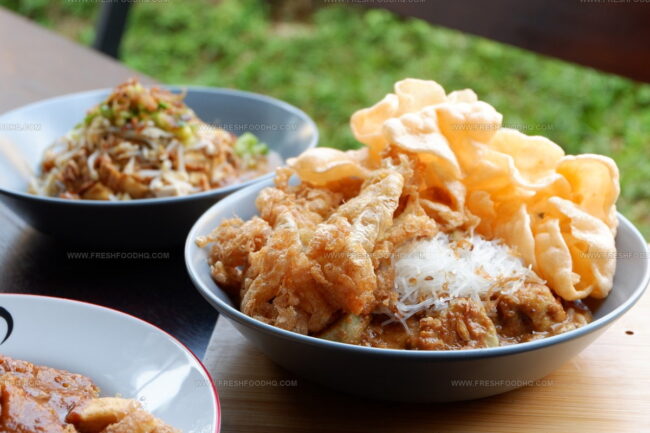
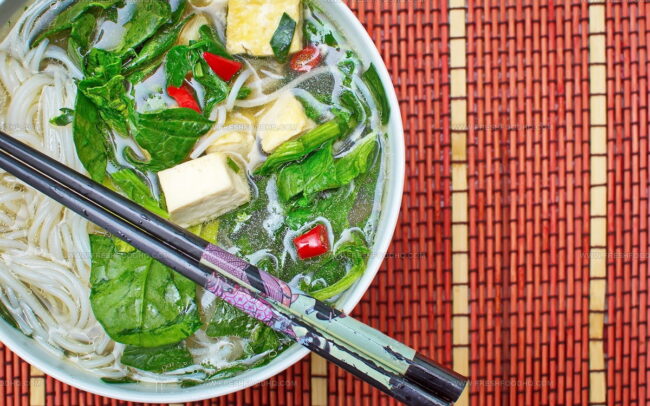


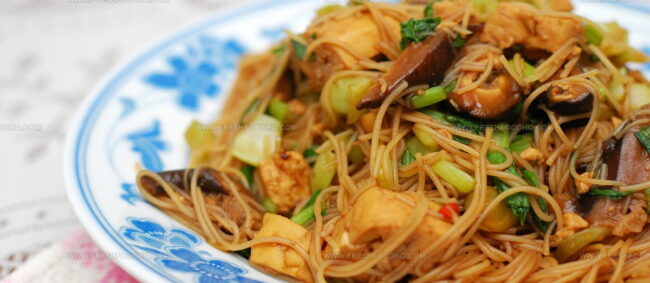

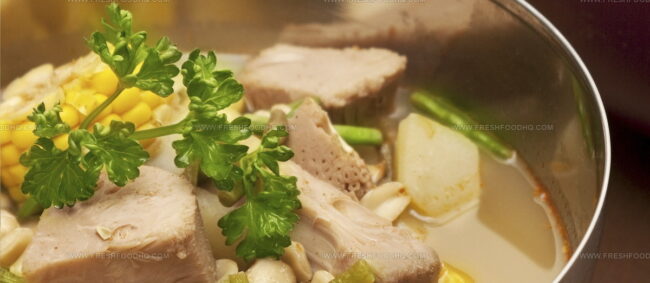
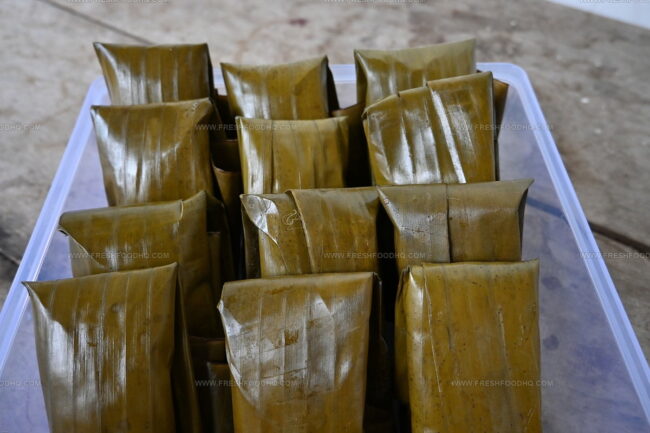
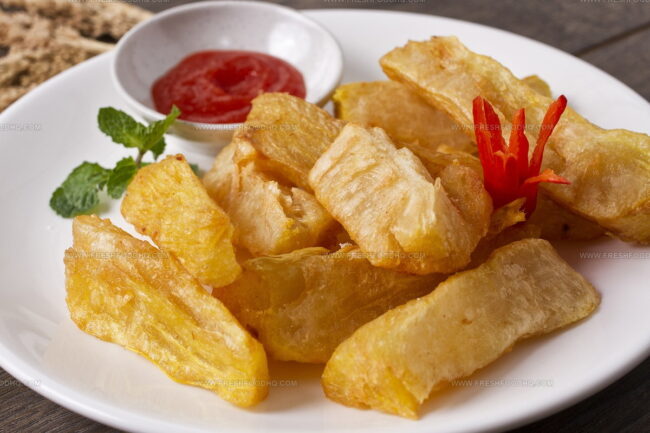
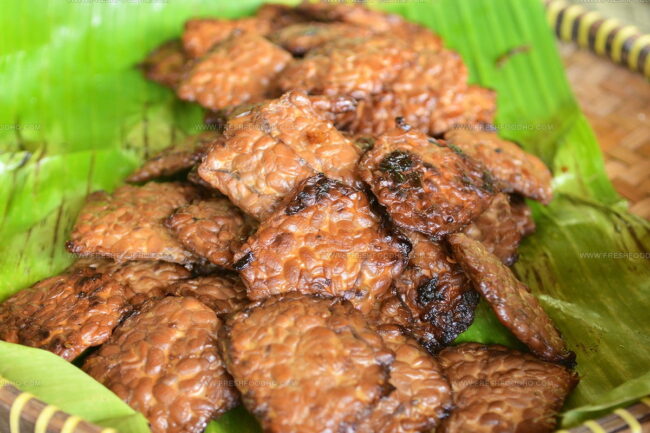
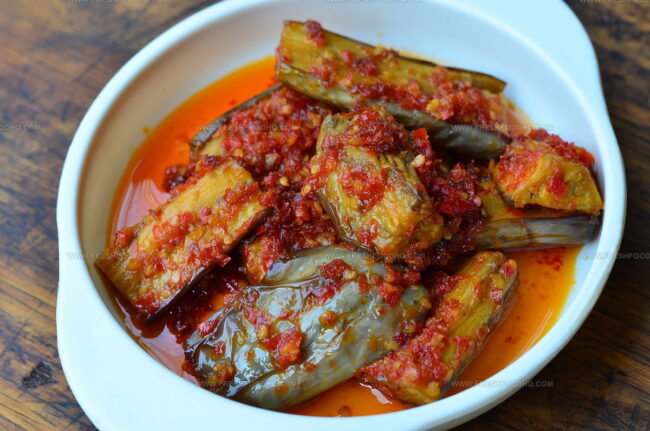
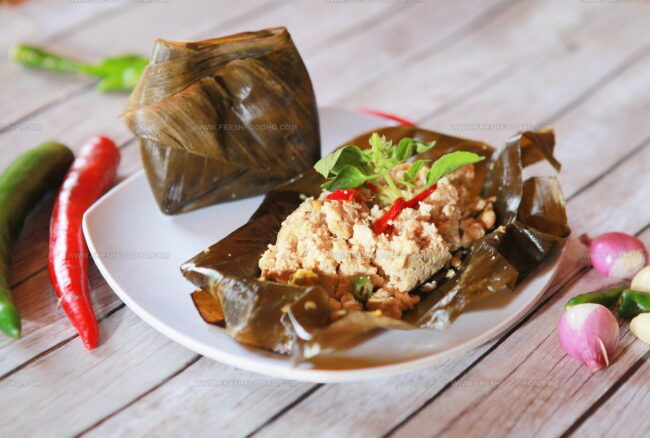
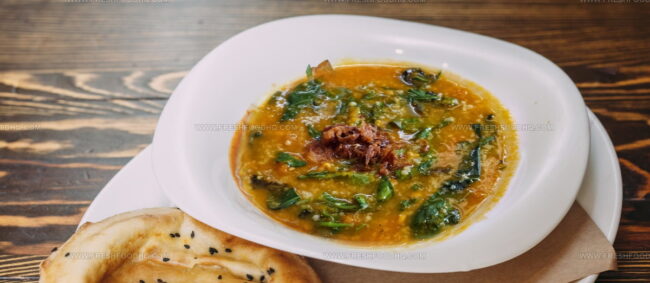
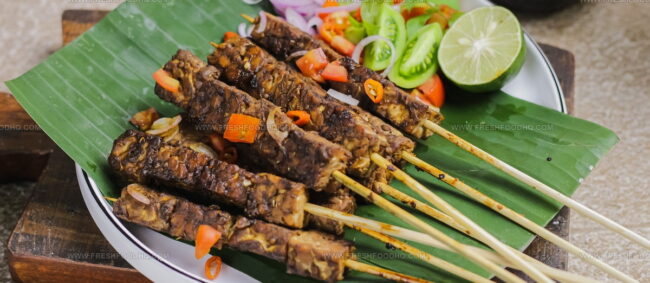
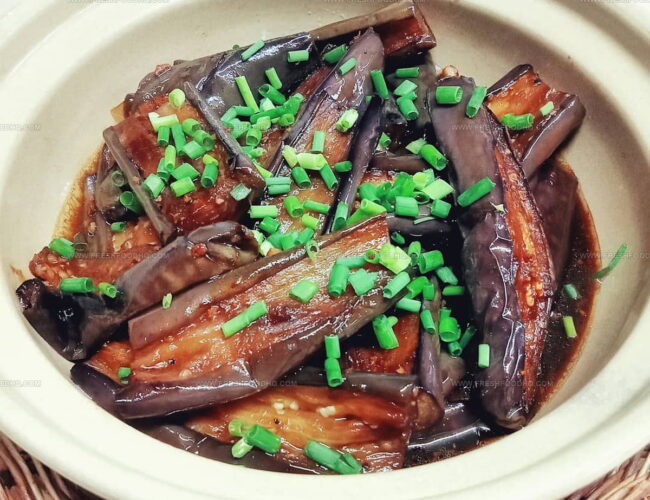
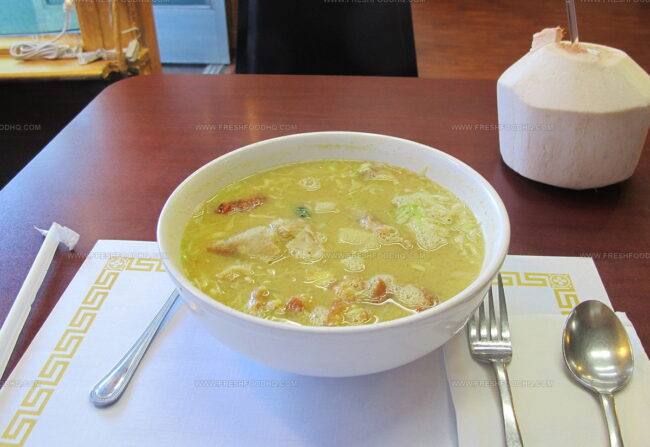
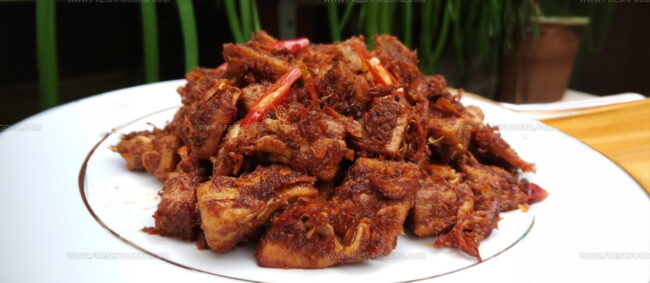
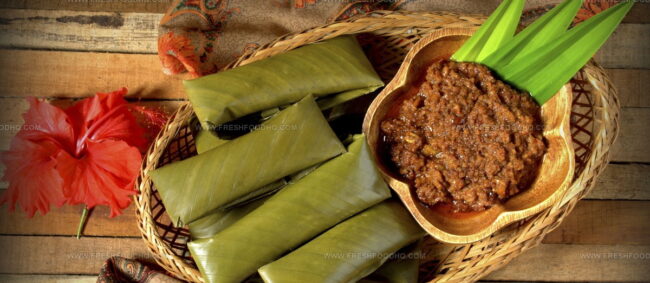
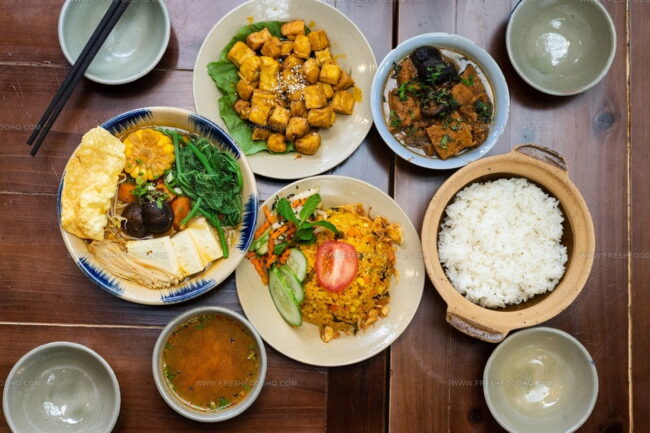
Ethan Caldwell
Founder & Culinary Innovator
Expertise
Farm-to-table cooking, Seasonal recipe creation, Culinary storytelling, Food photography and styling
Education
The Chef’s Academy (Indianapolis, IN)
Ethan didn’t just fall in love with food, he grew into it, surrounded by fields, farmers’ markets, and family meals that told a story.
After sharpening his skills at The Chef’s Academy, he took his passion straight into the farm-to-table movement, working side-by-side with local growers and seasonal flavors.
He believes every recipe should feel like a walk through a summer market: colorful, fresh, and full of possibility.
Outside the kitchen, Ethan’s idea of a perfect day is hiking mountain trails, digging into heirloom vegetables, and hosting casual dinners where seconds are always encouraged.